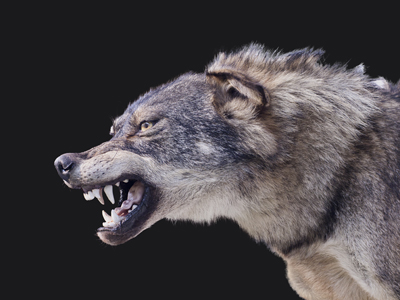

World Wildlife Day Quiz
March 3rd is World Wildlife Day, a day to celebrate the world’s wild plants and animals. The date was chosen because on the same date in 1973, the United Nations General Assembly brought the Convention on International Trade in Endangered Species of Wild Fauna and Flora into effect, in an attempt to help conserve wildlife.
To mark the occasion, we have written this quiz full of fun and interesting facts about animals. If you are a nature lover, then you should do well in this quiz. You might also want to have a look at our Nature quizzes, which will test your knowledge of animals, plants and even mountains and outer space! Why not give them a go?
But for now, see how many of these questions you can get right. Some might be more challenging than others! Good luck.
Ready for more?
not all...
quizzers. Try to win a coveted spot on our Hall of Fame Page.







Canidae are dogs, ursidae are bears and felidae are cats, all of which are mammals whose mothers give birth to their young